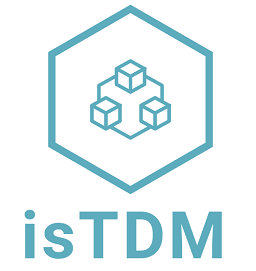Criteria can be defined and used to support prioritizing TD items.
Define which criteria should be used to support the prioritization and the decision-making about the payment of TD items.
Status
Recommendations
R1_PRI_T1.
When applicable, one or more criteria can be defined to support the prioritization of TD items. Such criteria include business values, the impact on internal quality, and the costs of TD items. See the list of some of such criteria here.
Status
Adopt the defined criteria in the context of the TD prioritization strategy.
